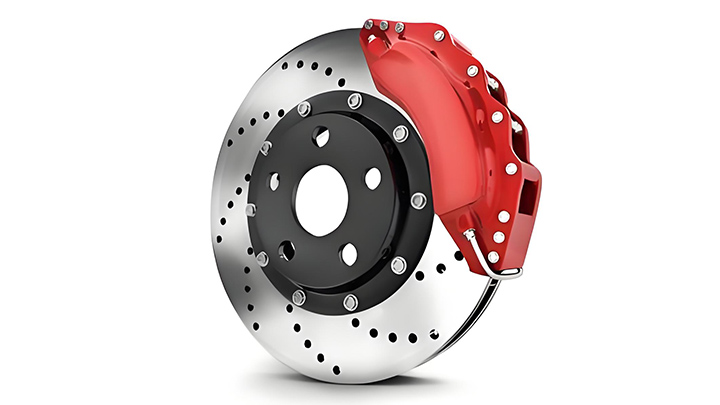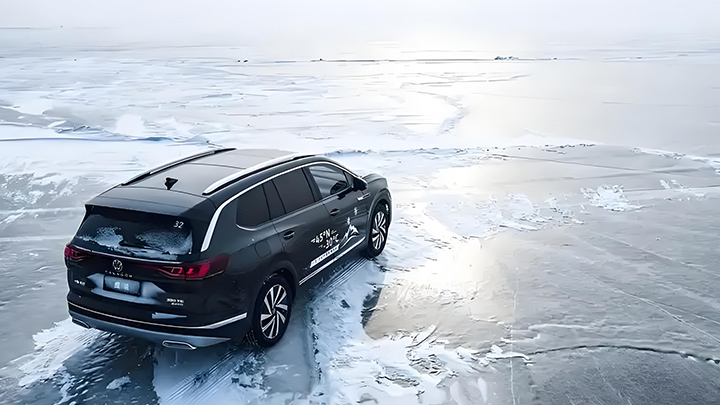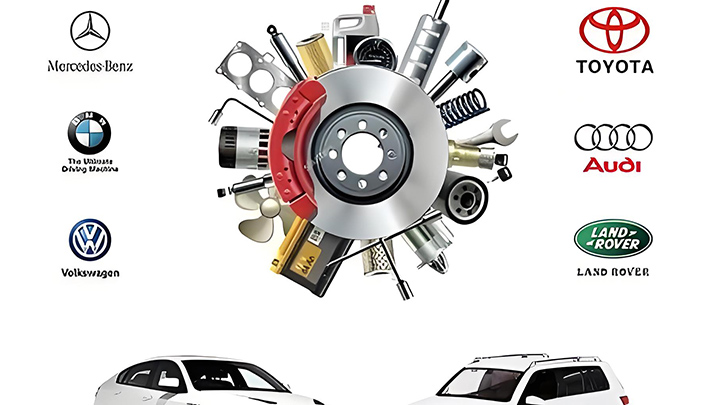What Material Is Best for Brake Discs?
Brake discs, also known as brake rotors, are crucial to a vehicle’s braking system. The material of a brake disc determines its durability, performance, heat resistance, and cost. Choosing the right material depends on your driving needs and budget. Below are the most common materials used for brake discs.
1. Cast Iron Brake Discs
- Overview: The most widely used material in the automotive industry.
- Advantages: Affordable, durable, and excellent at withstanding high temperatures.
- Disadvantages: Heavier than other materials, which can reduce fuel efficiency.
- Best For: Standard passenger cars and everyday driving.
2. High-Carbon Cast Iron Discs
- Overview: Enhanced cast iron with higher carbon content.
- Advantages: Better vibration absorption, quieter braking, improved heat resistance.
- Disadvantages: Slightly more expensive than regular cast iron.
- Best For: Drivers who want smoother, quieter performance and longer lifespan.
3. Steel Brake Discs
- Overview: Strong and lighter than cast iron.
- Advantages: Better heat dissipation, often used in motorcycles and racing vehicles.
- Disadvantages: Can wear faster and generate more noise.
- Best For: Performance-oriented vehicles or motorcycles.
4. Carbon-Ceramic Brake Discs
- Overview: Made from a blend of carbon fiber and ceramic materials.
- Advantages: Extremely lightweight, superior heat resistance, minimal brake fade, very long lifespan.
- Disadvantages: Extremely expensive, can be noisy when cold.
- Best For: High-performance sports cars, luxury vehicles, and racing applications.
5. Carbon-Carbon Discs
- Overview: Found in Formula 1 and aircraft applications.
- Advantages: Exceptional heat resistance and performance under extreme conditions.
- Disadvantages: Very high cost, not practical for normal cars.
- Best For: Professional racing and aerospace only.
Conclusion
For most drivers, cast iron or high-carbon cast iron brake discs are the best choice because they balance affordability, safety, and durability. Steel discs are more common in motorcycles and some performance cars, while carbon-ceramic discs are ideal for those who prioritize top-tier performance and are willing to pay the premium price.
Ultimately, the best material depends on how and where you drive:
- Everyday driving → Cast Iron / High-Carbon Cast Iron
- Performance driving → Steel or Carbon-Ceramic
- Racing or extreme use → Carbon-Ceramic or Carbon-Carbon




